Description
hardware flow control. It is an ideal choice in the field of industrial automation.
Implementation of communication between ABC industrial robot and PLC based on DeviceNet fieldbus technology
introduction
In modern production systems, industrial robots and PLCs need to communicate and collaborate to complete production tasks. That is, the
industrial robots output signals to the PLC, allowing the PLC to control related equipment to drive the robot”s front-end tools. This article
mainly analyzes the communication problems between ABB industrial robots and PLC based on DeviceNet fieldbus technology.
DeviceNet is a common network communication method in the field of automation. ABB industrial robots establish a network to communicate with
Siemens PLC based on the DeviceNet network.
1Configure DSQC652
There are mainly 5 types of standard I/0 boards commonly used in ABB industrial robots [2]. Except for the different addresses assigned to
them during setup, their configuration methods are basically the same. This article mainly analyzes the ABB standard I/0 board DS0C652, which
mainly builds communication modules based on the DeviceNet network. The DS0C652 board has a distributed I/O module with 16 digital input and 16
digital output interfaces. The board is installed in the ABB industrial robot control cabinet. First, define the specific operation steps of the DS0C652 board,
enter the teach pendant control panel, then enter the configuration menu (Figure 1), select the DeviceNetDevice menu, and add a template to enter Figure 2.
ABB standard I/0 board is hung on the DeviceNet
network, so the address of the module in the network must be set. The jumpers 6 to 12 of terminal x5 are used to determine the address of the module.
The available address range is 10 to 63. Modify the parameters in the template parameters to complete the DS0C652 board settings. Click the drop-down
menu to select the “Use value from template” row, select
“DS0C65224VDCI/0Device”, and then the parameters that need to be set include the address of the I/0 board in the bus.
Figure 1 Configuring DSQC652
2Configure signals and parameters
After completing the DS0C652 board setting, the I/0 signal setting will be performed. Setting the I/0 signal is the basis for establishing communication with
the PLC. The PLC communicates and transmits data with the ABB industrial robot through the I/0 signal and the DS0C652 board. As shown in Figure 3, in the
signal configuration interface, there are many default I/0 points after the system is established. Modification is not allowed. Click “Add” to add signals. When setting
input and output signals, their address range is 0~15. First, enter the signal menu in the configuration options to set the input and output types, and modify the corresponding parameters.
After completing the settings, the computer prompts that you need to restart the settings. If there are multiple signals that need to be defined and the waiting time
is long after restarting multiple times, you can click “Cancel” and wait for all signals to be defined before clicking the “Yes” button to restart. After the signal settings are
completed, click to select “Input and Output” in the ABB menu to check whether all signals have been set.
Figure 2 Configure DSQC652 parameters
Figure 3 Signal parameter settings
During the signal establishment process, attention should be paid to the DSoC652 port and PLC port addresses used, and the corresponding address table should be
established, as shown in Table 1. The robot interacts with the PLC through I/O signals. During the setting process, there must be no errors in the port and address number
of the PLC connected to the DSoC652. If the address is set incorrectly, the communication between the robot and the PLC will not work properly.
The entire robot teaching pendant setting process is shown in Figure 4.
https://www.xmamazon.com
https://www.xmamazon.com
https://www.plcdcs.com/
www.module-plc.com/
https://www.ymgk.com
8280-418 single-enginefor boatscontrol unit
8280-417 DSLC/MSLC Gateway Controller
8280-416 DSLC/MSLC Gateway Control
8280-415 Governor Digital Speed Controller
8280-414 Shared Digital Speed Controller
8280-413 digital speed control
8280-413 woodward controller
8280-412 723PLUS Controller
8280-411 Digital Controllers for the 723Plus Series
8280-410 723PLUS Digital Industrial Speed Controller
8280-339 Woodward 723PLUS
8280-338 Low voltage controller
8280-219 woodward speed controller
8280-208 723 Digital Marine Speed Control
8280-207 woodward governor
8280-206 723 Speed Control/Generation
8280-1173 digitalfor boatswith speed control
8280-1129 digital governor
8280-1109 723PLUS Digital Marine Speed Control Model
8280-1099 723PLUS Standard Generator Control
8280-1076 load sharing control
8280-1056 Digital control unit for redundant load distribution
8280-1042 Single Engine Digital Speed Controller
8280-1009 Numerical Control Model
8280-1001 723PLUS Digital Controller
8262-092 digital control
8237-1278 versatile Woodward DSLC/MSLC Gateway Control
8237-1277 gateway controller
8230-3012 723PLUS Generator Control
8230-3011 WOODWARD digital controller
9907-171 operator control panel
9907-170 Woodward 505E Microprocessor Based Control Unit
9907-169 Digital Control of Turbines
9907-166 Woodward 505E 32-bit microprocessor
9907-167 505E Series Digital Control Equipment
9907-165 32-bit microcontroller
8200-1302 505 Digital Governor
9907-1183 32-bit microcontroller
8200-1300 Gas turbines provide digital control
9907-164 505 and 505E Governor Control Units
9907-163 Governor Control Unit
9907-162 Controls for 505 and 505E Models
FBM24 PM900HT Contact/DC Input
FBM22 PM900HS Auto/Manual Station
FBM21 PM700TW 240 Vac Input Expander
FBM20 PM700QV 240 Vac input
FBM18 PM400YV Smart Transmitter I/O
FBM17 PM400YT 0-10 Vdc, Contact/DC I/O
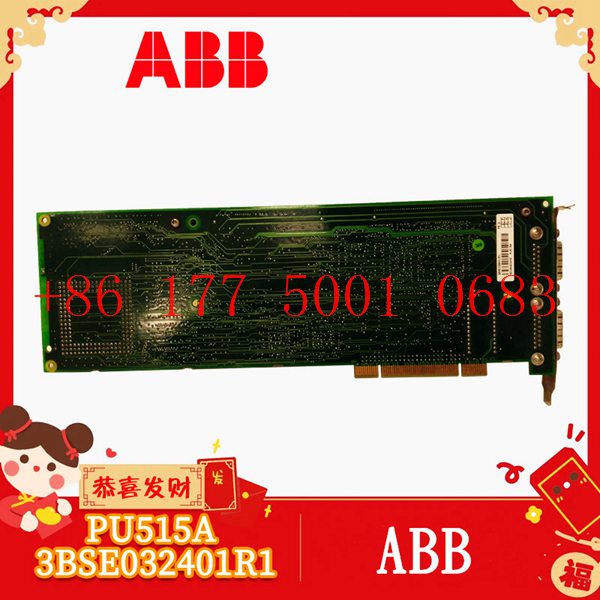
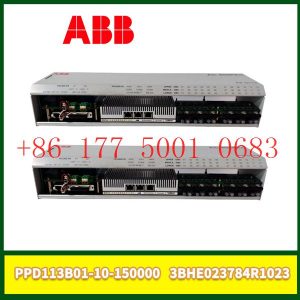
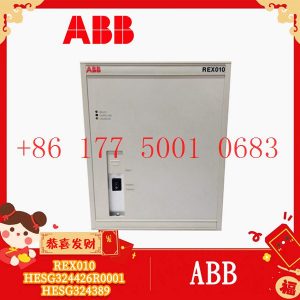
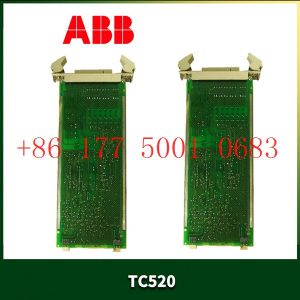

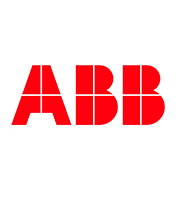

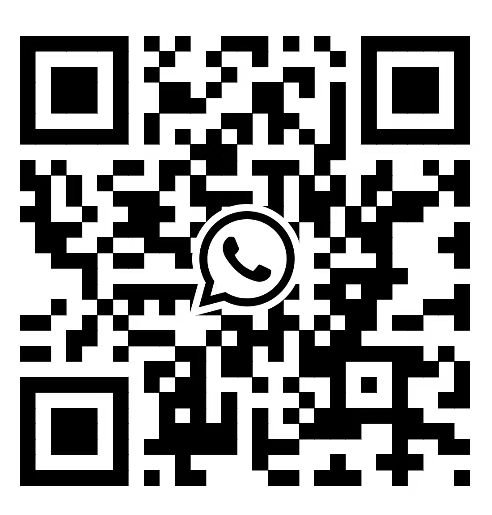

Reviews
There are no reviews yet.